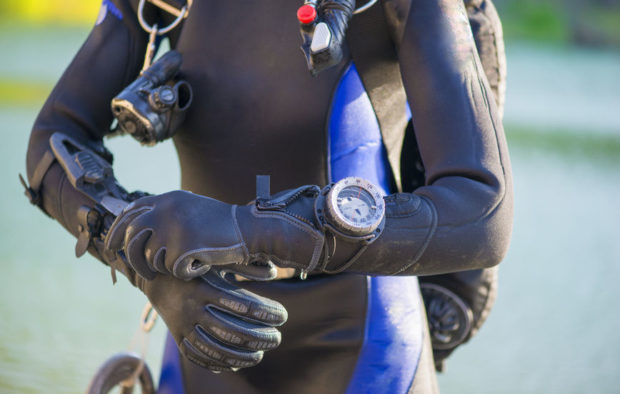
INQUIRER.net Stock Photo
Scientists may have discovered a way to make “artificial blubber” that makes wetsuits more resistant to cold water, thereby giving divers better protection and longer dive times.
The artificial blubber can be achieved by exposing wetsuits to heavy gases such as Argon, Krypton and Xenon for at least three days. The exposure lowers how much temperature a wetsuit conducts, according to a study published in the Royal Society of Chemistry, June 18.
The heavy gases take up space in the usual air gaps within the wetsuit’s material during the exposure period. This in effect makes the material conduct less temperature for more than 10 hours, keeping the diver comfortably warm in the cold depths. This process can be repeated to “recharge” a wetsuit’s insulation capability.
Scientists developed the process in partnership with the US Navy as a way to help military personnel on covert missions in cold climates.
Conventional methods of insulating divers from cold water below 10 degrees Celsius involved air pumps and warm-water suits. These methods run the risk of punctures and tears, which would significantly reduce insulating capabilities.
In the future, the researchers envision wetsuits with a thinner design while offering the same kind of insulation that modern wetsuits provide. /ra
RELATED STORIES:
5G network standard finalized, ready for commercialization
People getting lower IQ scores, researchers claim in recent study
WATCH: AI system detects movement behind walls